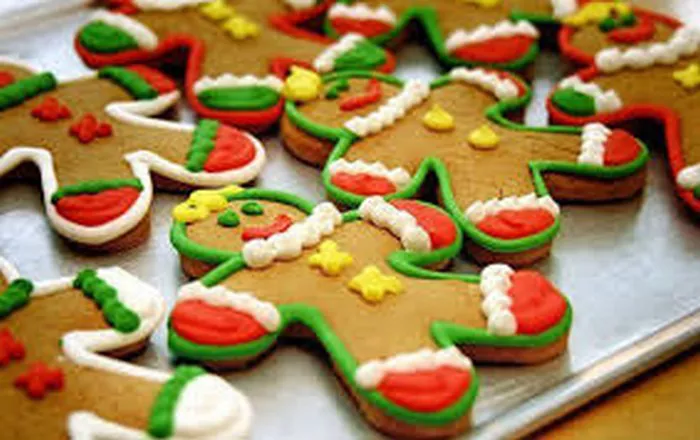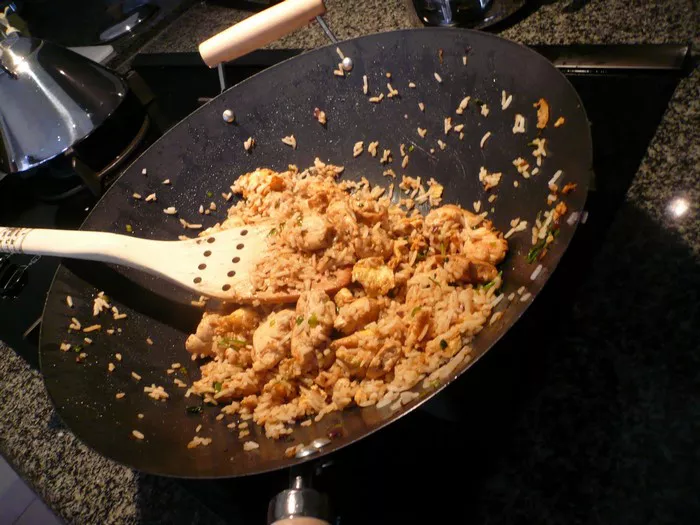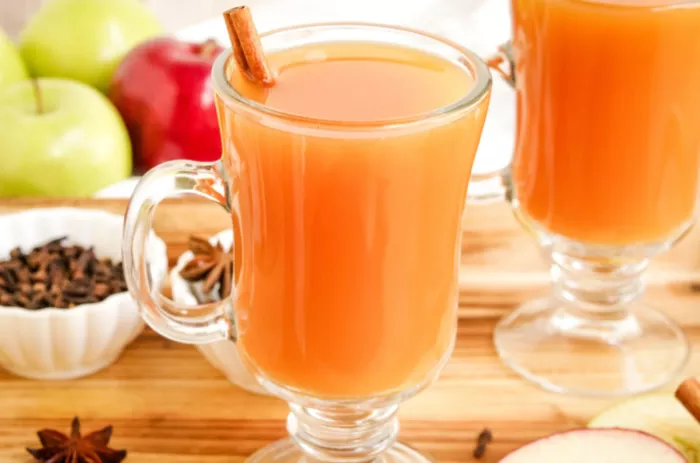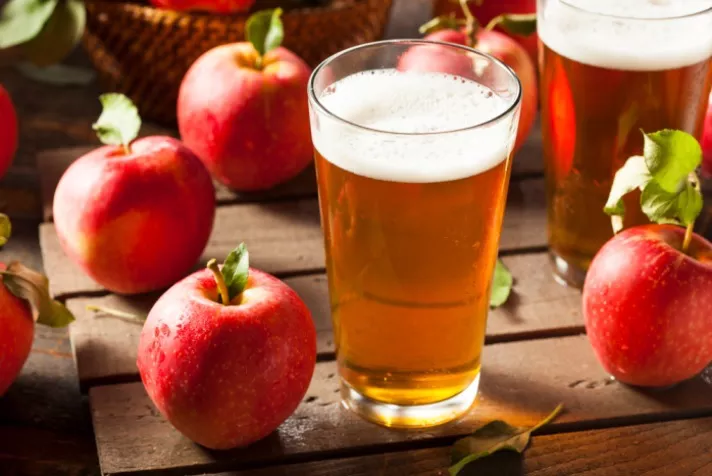Christmas is a time of festive merriment and one of the most anticipated aspects of this holiday season is the delectable array of Christmas food. From savory roasts to sweet indulgences, the table is adorned with an abundance of culinary delights that bring families and friends together. In this article, we will explore the diverse world of Christmas food, from traditional classics to modern creations, to help you plan the perfect holiday feast.
1. The Tradition of Christmas Food
1.1 Origins of Christmas Food
The tradition of feasting during Christmas can be traced back to ancient times when various cultures celebrated the winter solstice with communal meals. Over the centuries, this tradition evolved, influenced by religious and regional customs, to become the Christmas food we know today.
1.2 The Global Feast
Christmas food varies greatly from country to country. In Italy, it’s all about the Feast of the Seven Fishes, featuring various seafood dishes, while the UK has its beloved Christmas pudding and turkey. In Germany, the Christmas market is a culinary wonderland with an array of sausages, pretzels, and sweets. The multicultural diversity of Christmas food reflects the rich tapestry of global traditions and tastes.
1.3 The Symbolism
Many Christmas dishes are laden with symbolism. The Yule log, for instance, represents the log that burned during the Yule festival. The candy cane, shaped like a shepherd’s crook, symbolizes the shepherds who visited baby Jesus. Understanding the symbolism adds depth to the culinary experience of Christmas food.
2. The Star of the Show – Christmas Main Courses
2.1 Roast Turkey
The centerpiece of many Christmas feasts, roast turkey is a symbol of abundance and a nod to historical British traditions. It’s often seasoned with a flavorful blend of herbs and spices and accompanied by stuffing, gravy, and cranberry sauce.
2.2 Ham
Ham is another popular choice for the main course. It’s often glazed with a sweet and savory mixture, such as brown sugar and mustard, for a deliciously sticky finish.
2.3 Prime Rib
A prime rib roast is an indulgent choice for those seeking a decadent and succulent main course. The meat is seasoned with herbs and slow-cooked to perfection, then served with a rich jus.
2.4 Vegetarian and Vegan Options
As dietary preferences diversify, many people opt for vegetarian or vegan main courses. Dishes like stuffed acorn squash, mushroom Wellington, or nut roast provide a flavorful and hearty alternative for non-meat eaters.
3. Sides, Sides, and More Sides
3.1 Roasted Vegetables
Roasted vegetables, such as carrots, parsnips, and Brussels sprouts, are a favorite Christmas side dish. They’re seasoned with herbs and olive oil and caramelized to perfection.
3.2 Mashed Potatoes
Creamy and buttery mashed potatoes are a beloved accompaniment to the Christmas main course. They’re whipped to a smooth consistency and often garnished with chives or gravy.
3.3 Stuffing
The perfect complement to roast turkey, stuffing is a mixture of cubed bread, vegetables, herbs, and spices. Variations abound, from classic herb stuffing to more adventurous options like cranberry and pecan stuffing.
3.4 Cranberry Sauce
Tart and sweet cranberry sauce provides a delightful contrast to the richness of Christmas meats. Homemade cranberry sauce can be flavored with orange zest, cinnamon, or a touch of port.
4. Christmas Desserts – Sweet Endings
4.1 Christmas Pudding
Christmas pudding, also known as plum pudding, is a timeless dessert steeped in tradition. It’s made with a mixture of dried fruits, suet, spices, and a dash of brandy, then steamed until it’s dense and rich. Christmas pudding is often ignited with brandy and served with a warm custard or brandy butter.
4.2 Yule Log
The Yule log, or Bûche de Noël in French, is a festive dessert that takes the shape of a log, symbolizing the Yule log traditionally burned during the winter solstice. It’s typically made from a sponge cake rolled with chocolate or coffee buttercream and decorated to resemble a log, complete with edible bark.
4.3 Mince Pies
Mince pies are bite-sized delights filled with a mixture of dried fruits, spices, and suet, traditionally enjoyed during Christmas. These sweet and savory pastries are often served warm and dusted with powdered sugar.
4.4 Gingerbread Houses
Gingerbread houses are a whimsical Christmas tradition, with beautifully decorated cookies forming the walls and roof. They are often adorned with icing, candies, and other sweet decorations.
5. Festive Beverages – The Christmas Spirit
5.1 Eggnog
Eggnog is a creamy and rich Christmas beverage made from eggs, milk, cream, sugar, and nutmeg, often with a splash of rum or brandy. It’s traditionally served chilled and garnished with a sprinkle of ground nutmeg.
5.2 Mulled Wine
Mulled wine is a warm and aromatic holiday beverage made by simmering red wine with spices like cinnamon, cloves, and star anise. It’s a comforting choice for sipping by the fire.
5.3 Hot Chocolate
Rich and luxurious hot chocolate is a popular Christmas drink, made with cocoa, milk, and sugar. For an adult twist, it can be enhanced with a dash of Baileys Irish Cream, making it an even more decadent treat.
5.4 Spiced Cider
Spiced cider is a warming and non-alcoholic Christmas beverage made by heating apple cider with a blend of spices, often including cinnamon, cloves, and allspice.
6. Christmas Food Around the World
6.1 Italy
In Italy, Christmas Eve is celebrated with the Feast of the Seven Fishes, featuring an array of seafood dishes like fried calamari, bacalao, and shrimp scampi. A Christmas classic dessert is panettone, a sweet bread filled with candied fruits and raisins.
6.2 Germany
In Germany, the Christmas market is a culinary wonderland with sausages, pretzels, and roasted nuts. Stollen, a rich fruit bread, is a beloved Christmas dessert.
6.3 France
In France, the Réveillon is a grand Christmas Eve feast with a variety of dishes. Foie gras, oysters, and the Bûche de Noël (Yule log) are among the culinary highlights.
6.4 Mexico
In Mexico, tamales are a Christmas tradition. These masa-based dumplings are filled with a variety of ingredients, such as meats, cheese, or vegetables, then wrapped in corn husks and steamed.
Conclusion
Christmas food is a diverse and cherished aspect of the holiday season, reflecting the rich tapestry of traditions, cultures, and flavors from around the world.

























